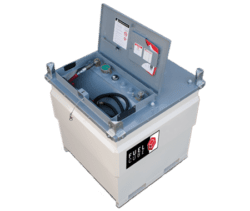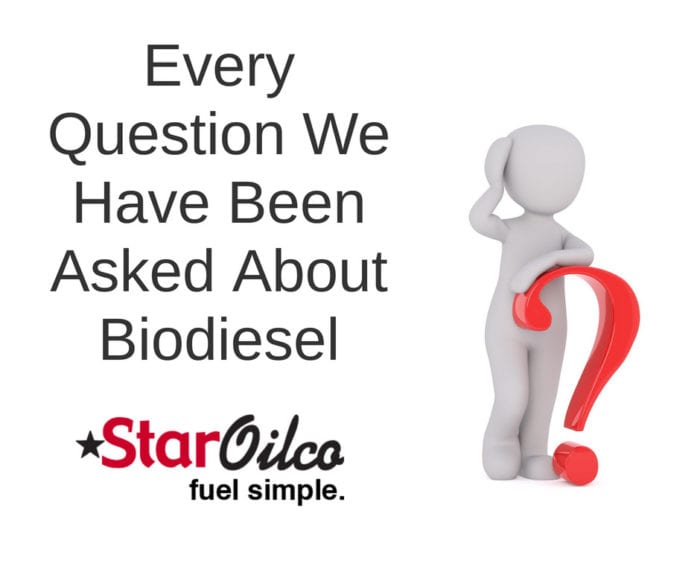The Pros and Cons of Renewable Diesel in Your Diesel Truck

The Pros and Cons of Renewable Diesel in Your Diesel Truck
As the world continues to become more aware of sustainable alternatives, renewable biodiesel (otherwise known as R99) has emerged as a promising solution to reduce carbon emissions in the transportation sector. Diesel truck owners, for example, may wonder whether they can switch to renewable diesel and contribute to a greener future as the city of Portland will be enforcing new restrictions and limitations on carbon emissions. Here is more information on the feasibility of using renewable diesel in diesel trucks and looking at the benefits and possible challenges. By understanding the advantages and limitations, you can make an informed decision about integrating this renewable fuel into your trucking operations.
1. Understanding Renewable diesel:
Renewable diesel is a clean-burning alternative fuel derived from natural sources such as vegetable oils, animal fats, and recycled cooking oil. It is produced through a process called transesterification, where the oils or fats are chemically reacted with alcohol to separate the glycerin from the fatty acids, resulting in renewable diesel. This sustainable fuel can be used in diesel engines with little to no modifications, making it a viable option for diesel truck owners.
2. Environmental Benefits of Renewable Diesel:
Renewable diesel (known as R99) has significant environmental benefits. Renewable diesel reduces greenhouse gas emissions, such as carbon dioxide, sulfur dioxide, and particulates matter, compared to traditional diesel. It has lower levels of harmful pollutants, contributing to improved air quality and reduced smog formation. Additionally, renewable diesel is biodegradable, non-toxic, and significantly minimizes net carbon dioxide emissions over its lifecycle, making it a valuable tool in mitigating climate change.
3. Compatibility and Performance:
While renewable diesel is compatible for diesel engines as a drop in solution, its essential to consider any factors before switching. Renewable diesel has a slightly lower energy content than regular diesel, which can result in a slight decrease in fuel economy.
4. Availability and Infrastructure:
Is renewable diesel readily available? While renewable diesel is becoming more widespread, its availability may vary depending on your location. Star Oilco offers delivery of renewable diesel (R99) to the Portland, Oregon surrounding area as well as Vancouver, Washington. You can reach out to us to get a quote based on your location and service needs.
Renewable diesel offers a promising alternative for diesel truck owners who want to reduce their environmental impact. With its environmental benefits, compatibility with diesel engines as a drop-in solution, and ongoing availability improvements, renewable diesel presents a viable solution to achieve sustainable transportation and it contributes to a greener future across the Pacific Northwest.
Call Star Oilco today to discuss using Renewable Diesel as a drop-in solution for your diesel trucks.






























 When you use biodiesel, you’re using CO2 that is being captured by the growing plants or the waste. This is current CO2 you aren’t adding to the net sum in the environment.
When you use biodiesel, you’re using CO2 that is being captured by the growing plants or the waste. This is current CO2 you aren’t adding to the net sum in the environment.

